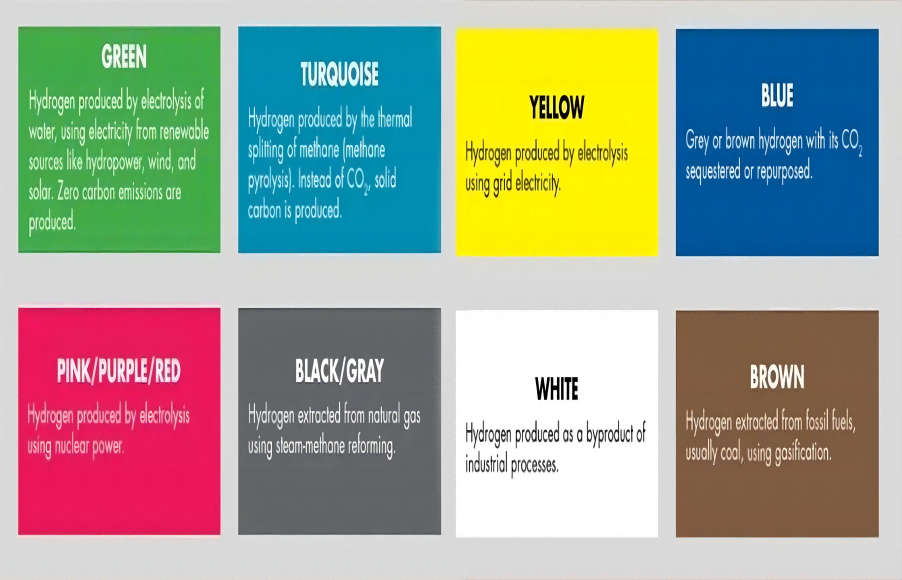Industry according to the technical route of hydrogen energy and carbon emissions and naming, generally with color to distinguish, green hydrogen, blue hydrogen, gray hydrogen is the most familiar color hydrogen we understand at present, and pink hydrogen, yellow hydrogen, brown hydrogen, white hydrogen, etc.
Pink hydrogen, as it is called, is produced using nuclear power, which also makes it carbon-free, but it has not received much attention because nuclear power is classified as a non-renewable energy source and is not technically green.
In early February, it was reported in the press that France was pushing a campaign for the European Union to recognise the low hydrocarbons produced by nuclear power in its renewable energy rules.
In what has been described as a landmark moment for Europe’s hydrogen industry, the European Commission has published detailed rules for renewable hydrogen through two enabling bills. The bill aims to incentivize investors and industries to switch from producing hydrogen from fossil fuels to producing hydrogen from renewable electricity.
One of the bills stipulates that renewable fuels (RFNBOs) from non-organic sources, including hydrogen, can only be produced by additional renewable power plants during the hours that the renewable energy assets generate electricity, and only in areas where the renewable energy assets are located.
The Second Act provides a way to calculate RFNBOs lifecycle greenhouse gas (GHG) emissions, taking into account upstream emissions, associated emissions when electricity is taken from the grid, processed, and transported
Hydrogen will also be considered a renewable energy source when the emission intensity of the electricity used is below 18g C02e/MJ. Electricity taken from the grid can be considered fully renewable, meaning that the EU allows some of the hydrogen produced in nuclear power systems to count towards its renewable energy targets.
However, the commission added that the bills would be sent to the European Parliament and Council, which have two months to review them and decide whether to pass them.
Post time: Feb-28-2023

